How to Spot Heatstroke in Your Pet
As summer reaches its height, your furry pal may grow more accustomed to the high temperatures and humidity levels associated with the season, but they still can succumb to heatstroke. Abrupt temperature increases can cause a sudden issue with overheating, so be wary of rapid changes in weather patterns. Learn how to spot signs of heatstroke—and prevent it from happening—in your pet to keep them safe this summer.
Signs of heatstroke in your pet
Initial heatstroke signs can be subtle and difficult to detect until your pet has advanced to later stages. Keep an eye out for the following signs:
- Excessive panting
- Thick, ropey saliva
- Brick red gums and tongue
- Lethargy
- Disorientation
- Weakness
- Unsteady gait
- Collapse
- Seizures
If you notice your pet beginning to slow down and pant heavily when playing outside, it’s time to head indoors.
What to do if your pet develops heatstroke
If your pet appears to be overheating, bring them into a cool, air-conditioned building immediately. Place them in the bathtub and run cool, not cold, water over them, ensuring their head remains above water. Offer fresh water for your pet to drink, but do not force them. To help your pet cool off faster, position a fan in front of its face. Take your pet’s temperature with a rectal thermometer and stop cooling efforts once it reaches 103 degrees. Then, contact our team or the nearest emergency veterinary hospital before heading in for an evaluation.
Tips for preventing heatstroke in your pet
To prevent heatstroke in your pet, follow these tips:
- Always offer fresh, clean water
- Exercise with your pet during the coolest part of the day
- Avoid walking on sun-baked pavement that is substantially hotter than dirt or grass
- Keep your pet in the shade and ensure adequate ventilation is available
- Leave your pet at home when running errands
- Stop the exercise and play when your pet appears to be getting too hot and head inside
If you think your pet is suffering from heatstroke, don’t wait. Contact our team or the nearest emergency veterinary hospital for immediate help.
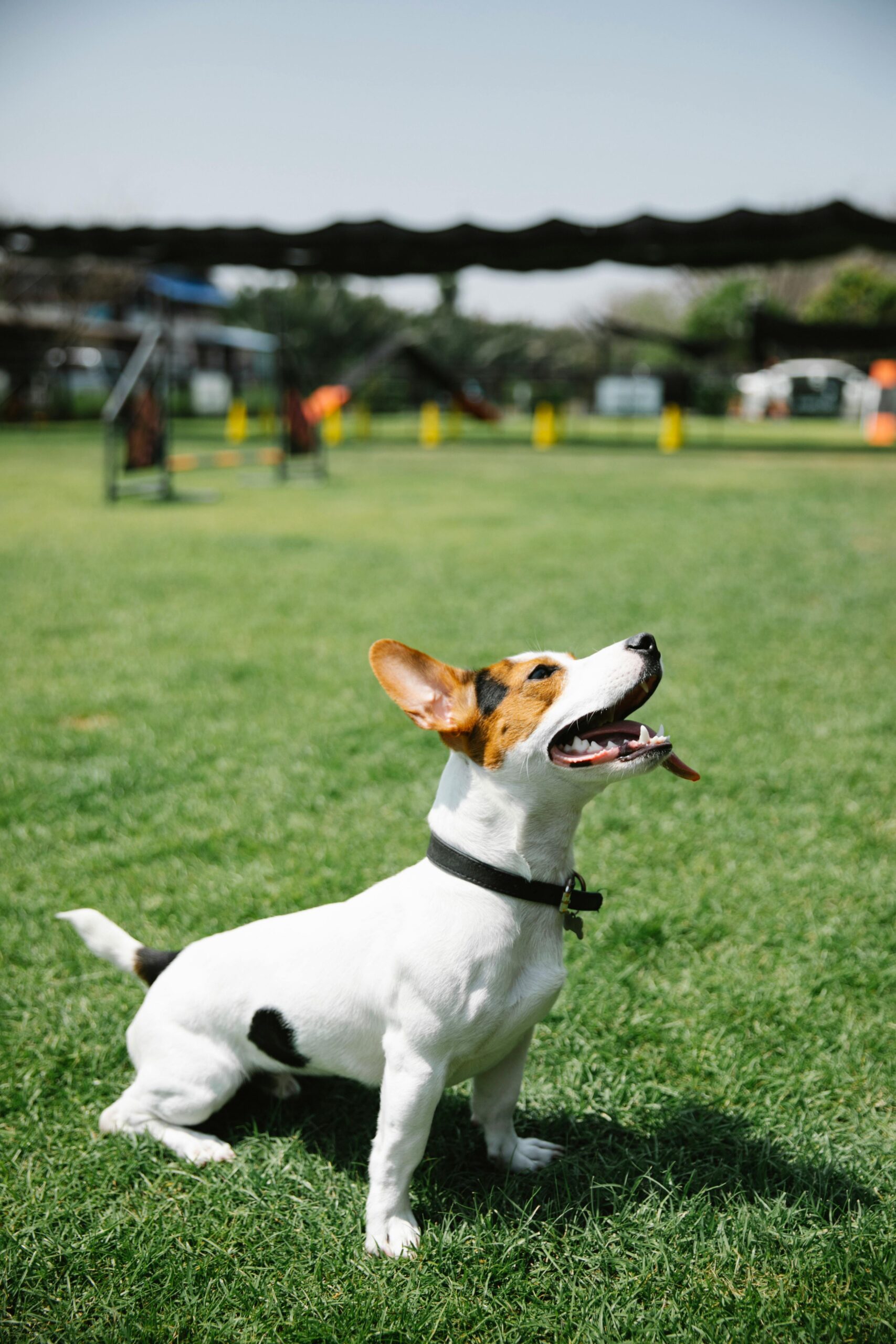

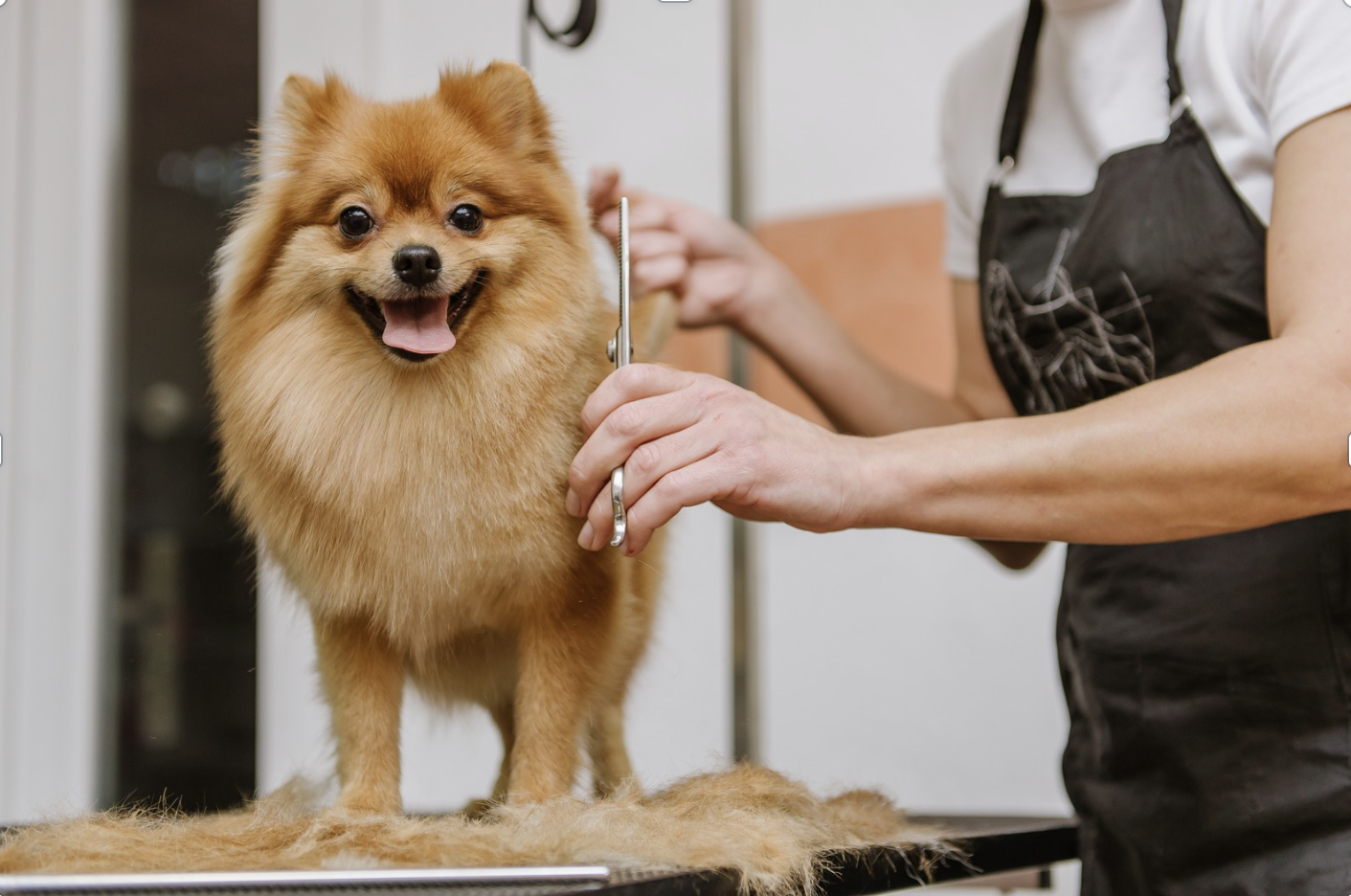
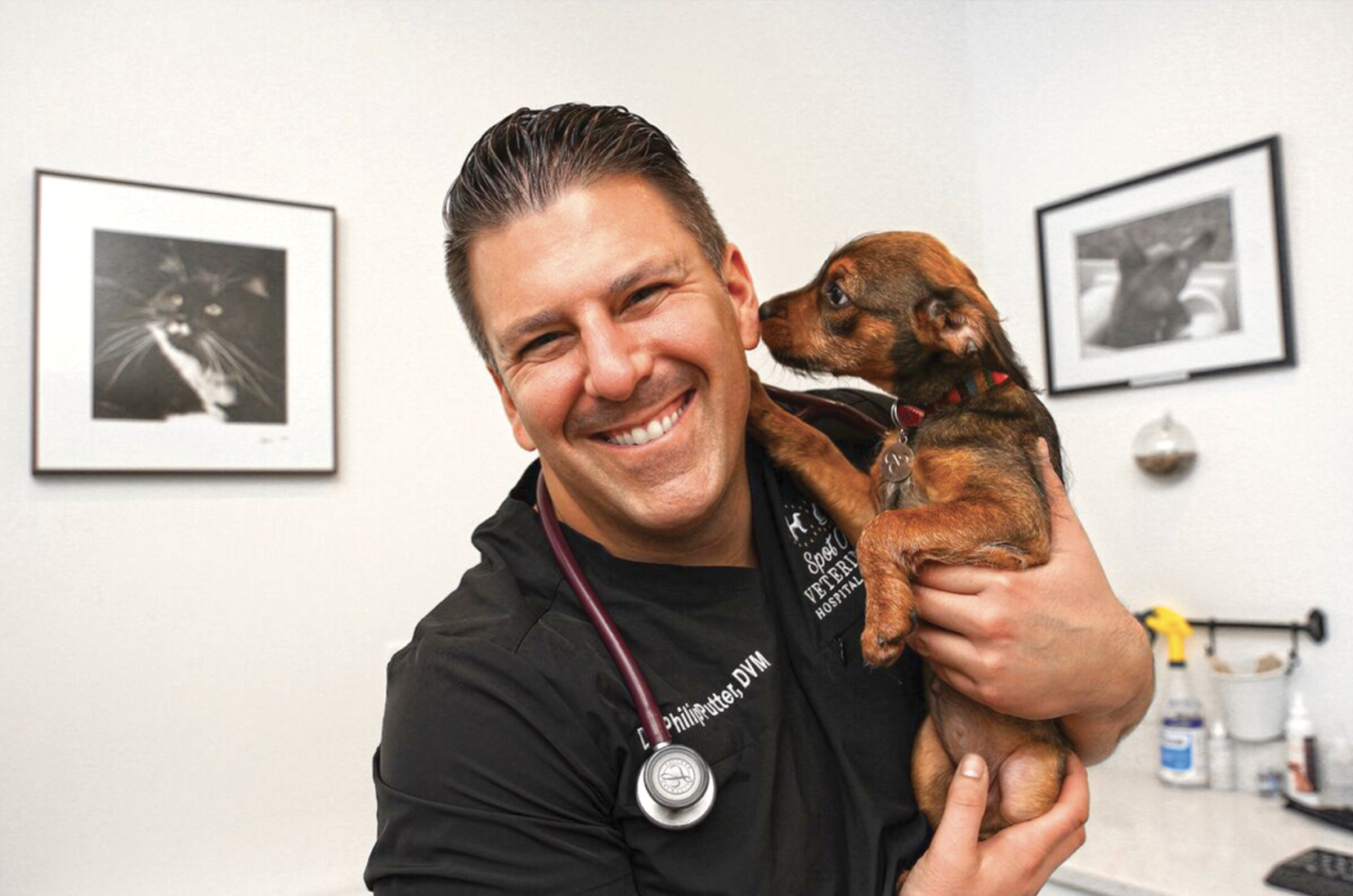

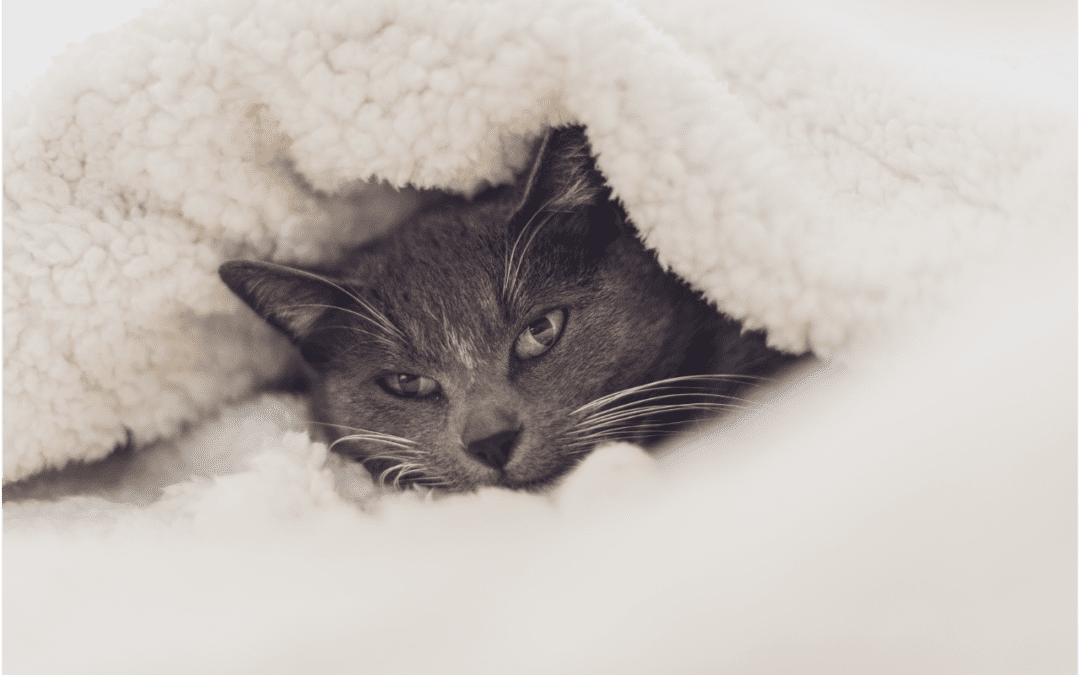
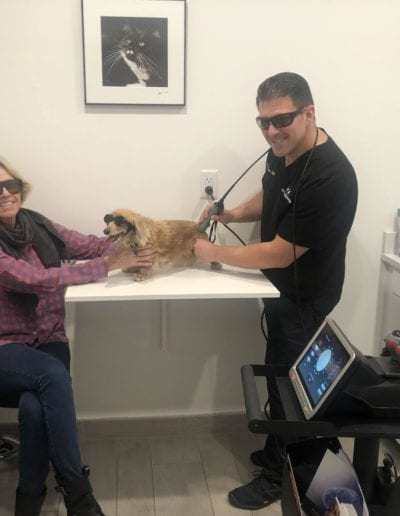
Comments +